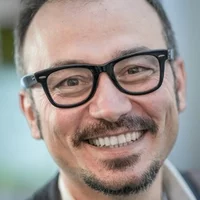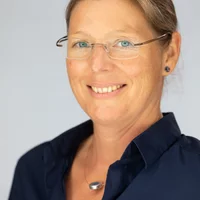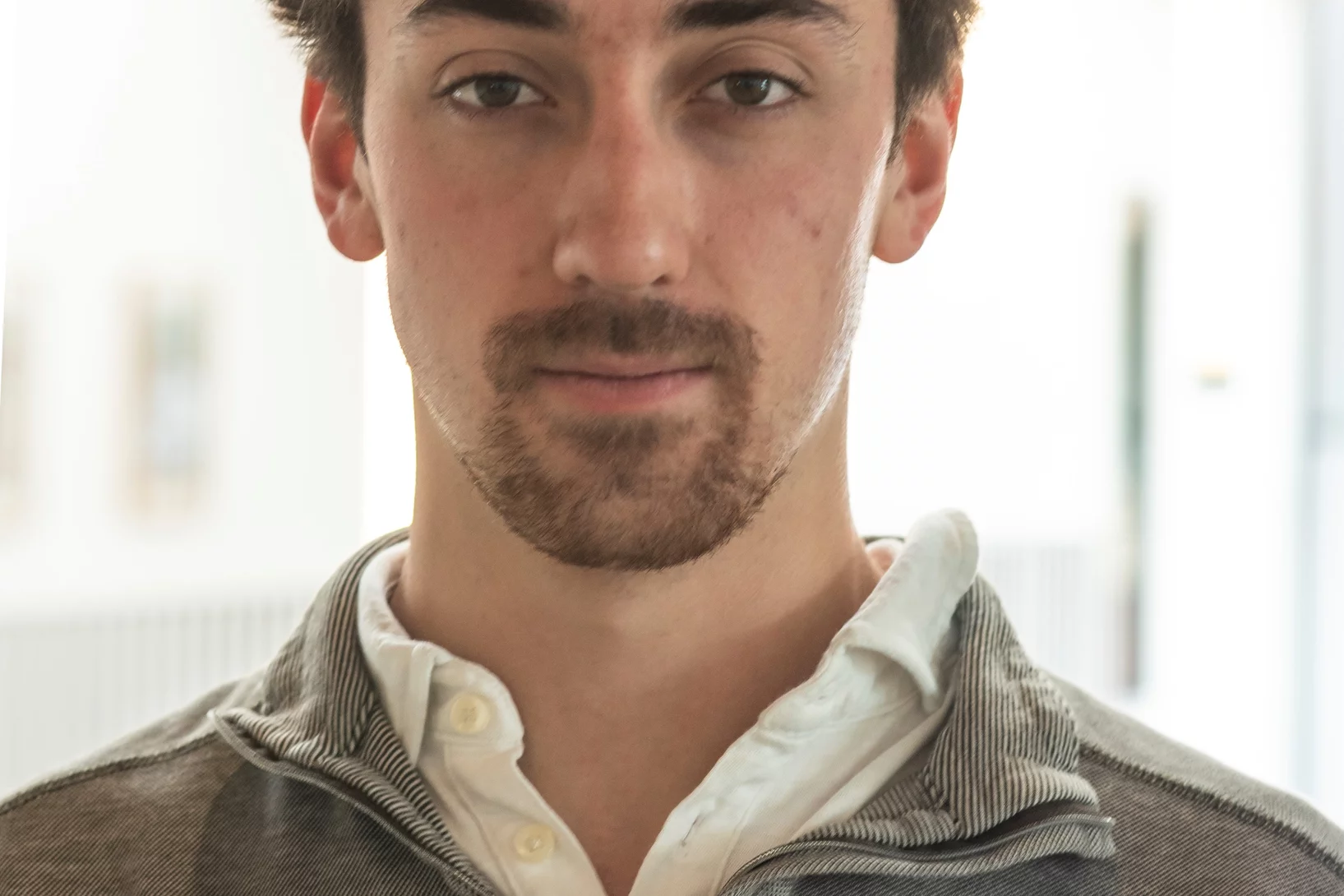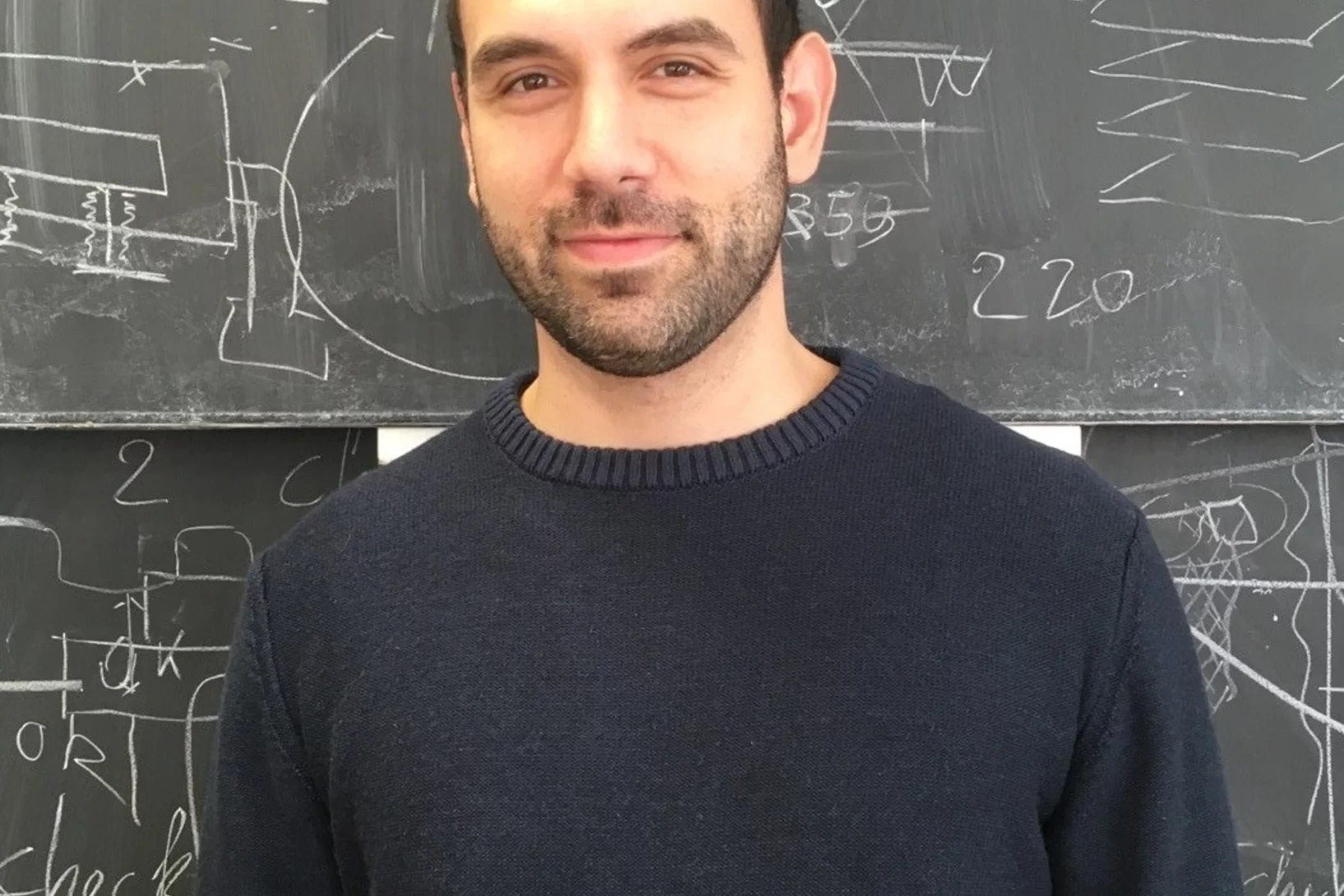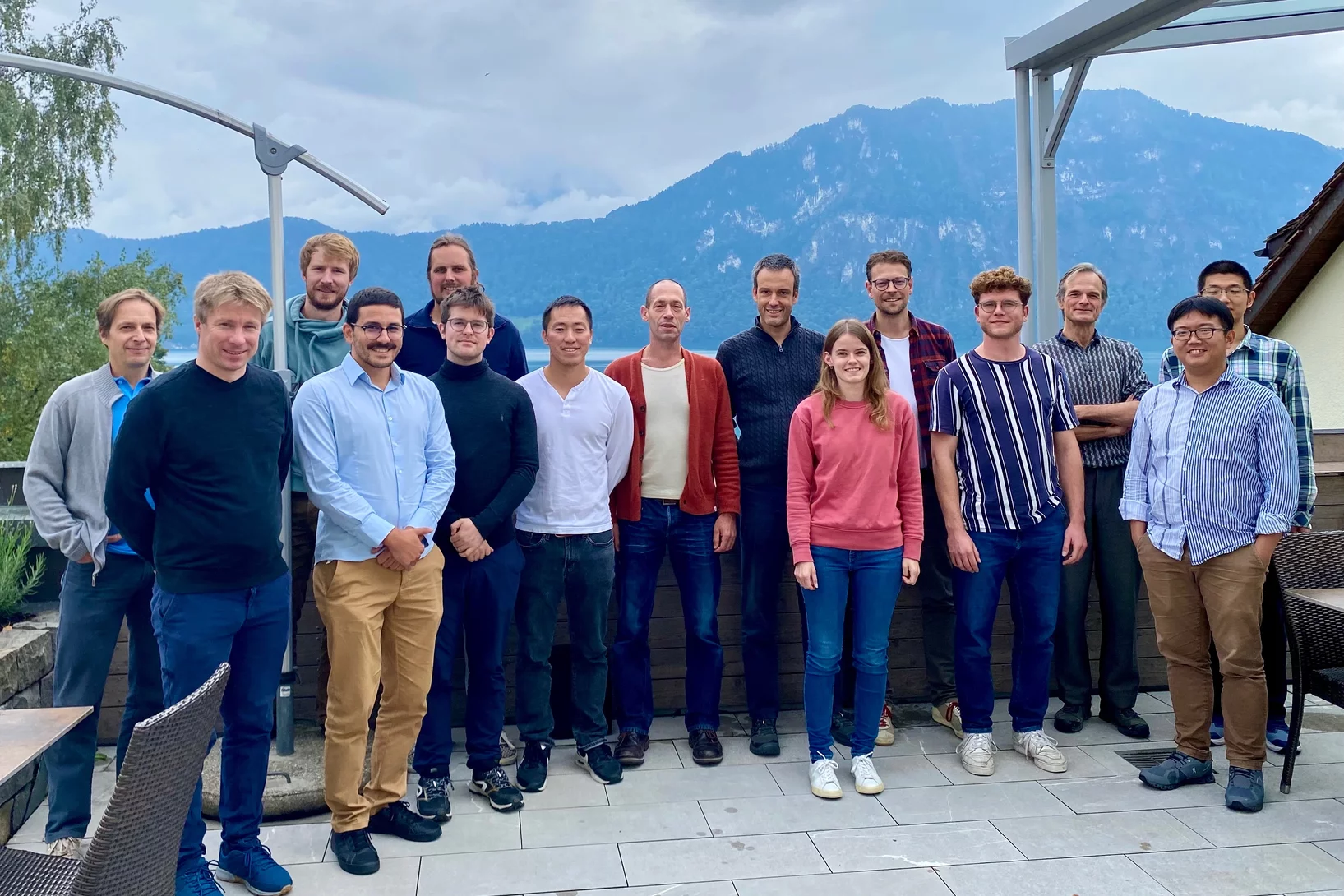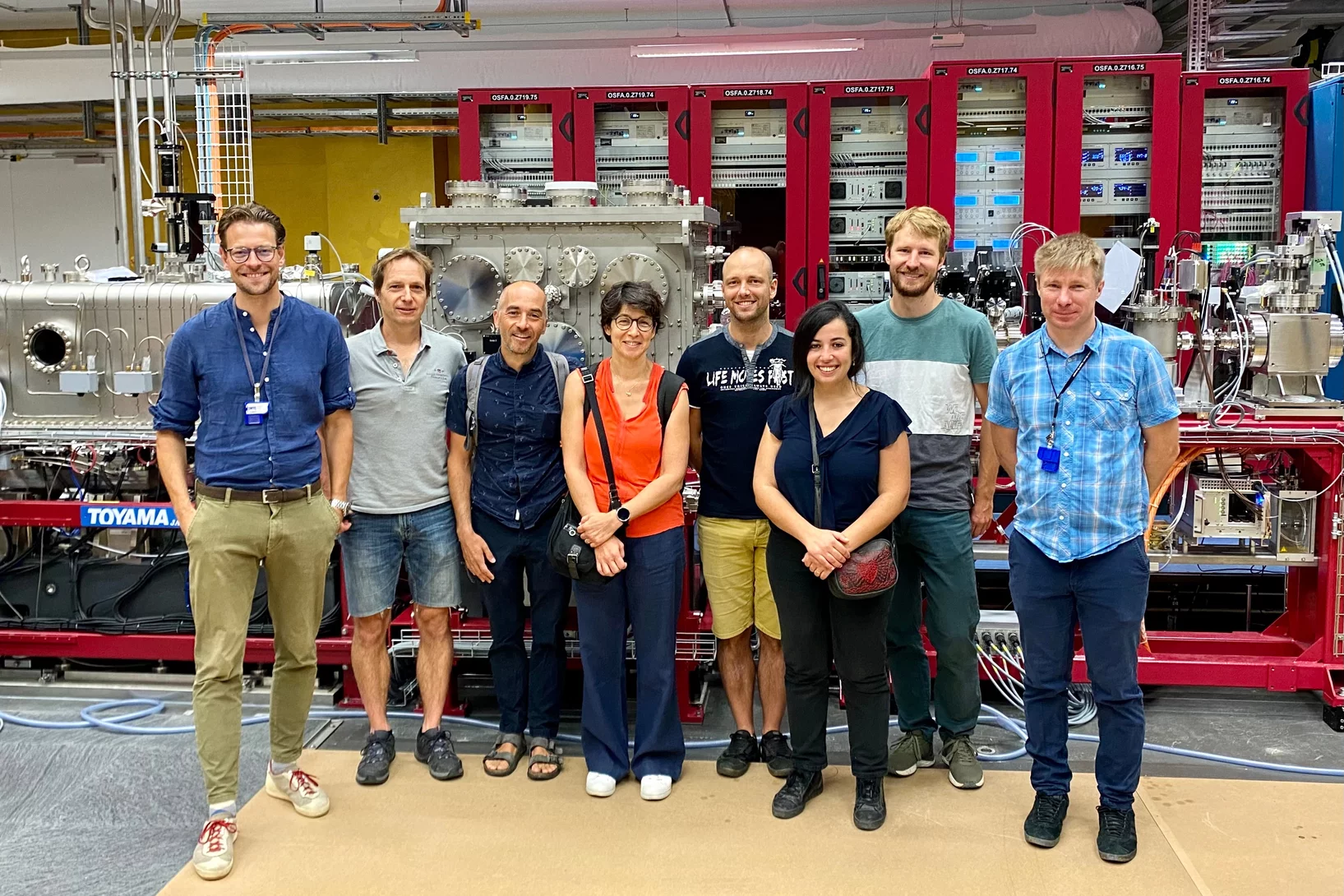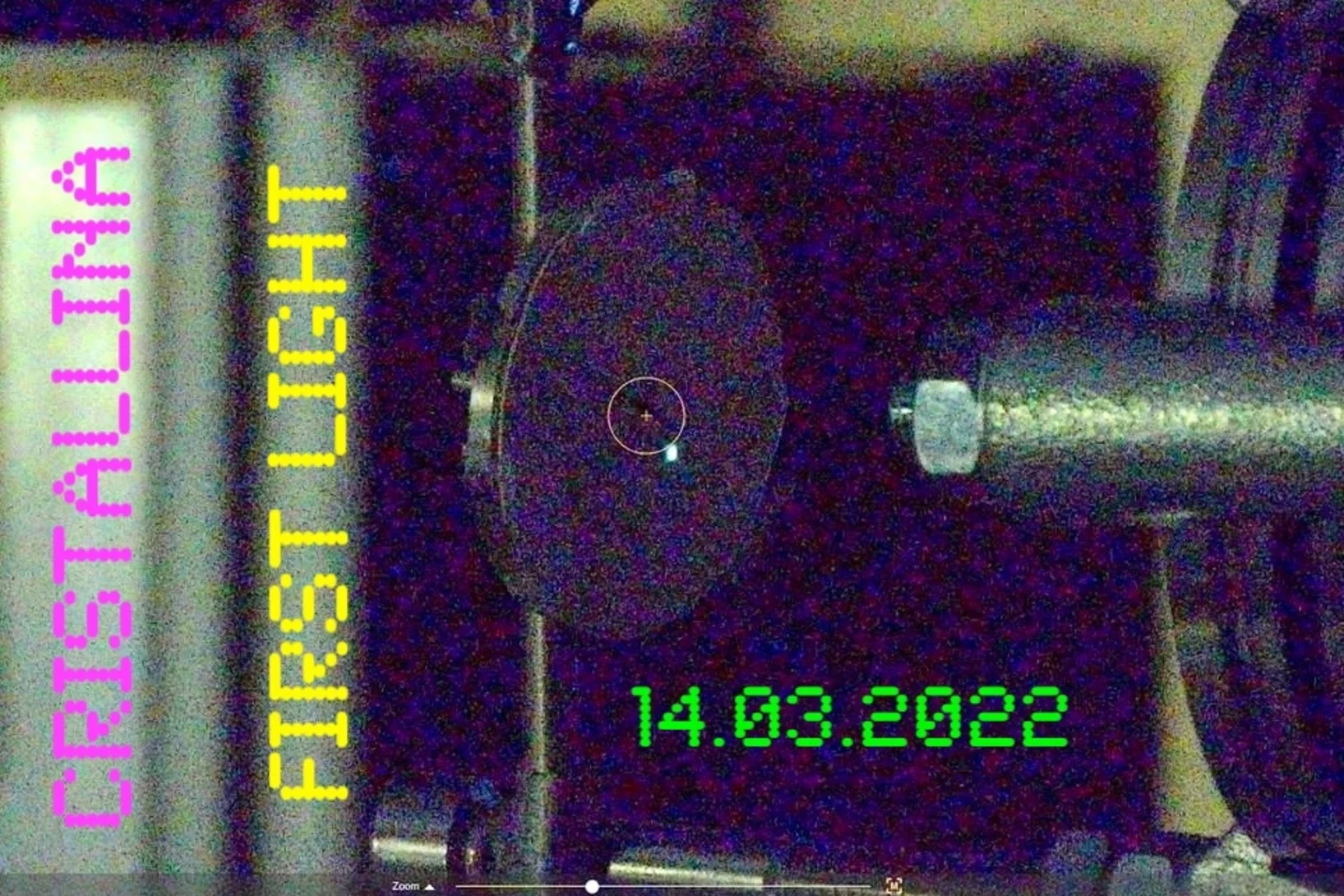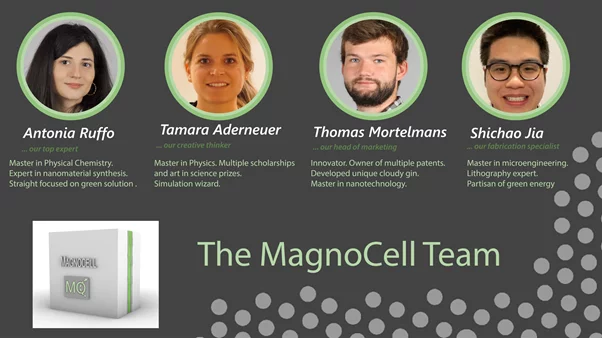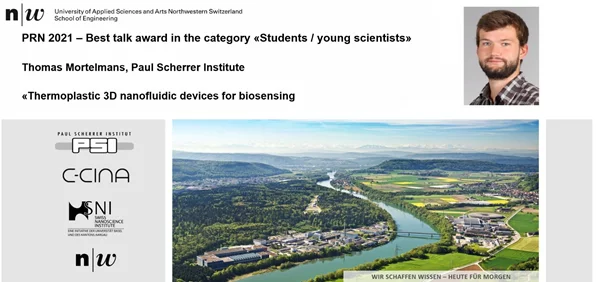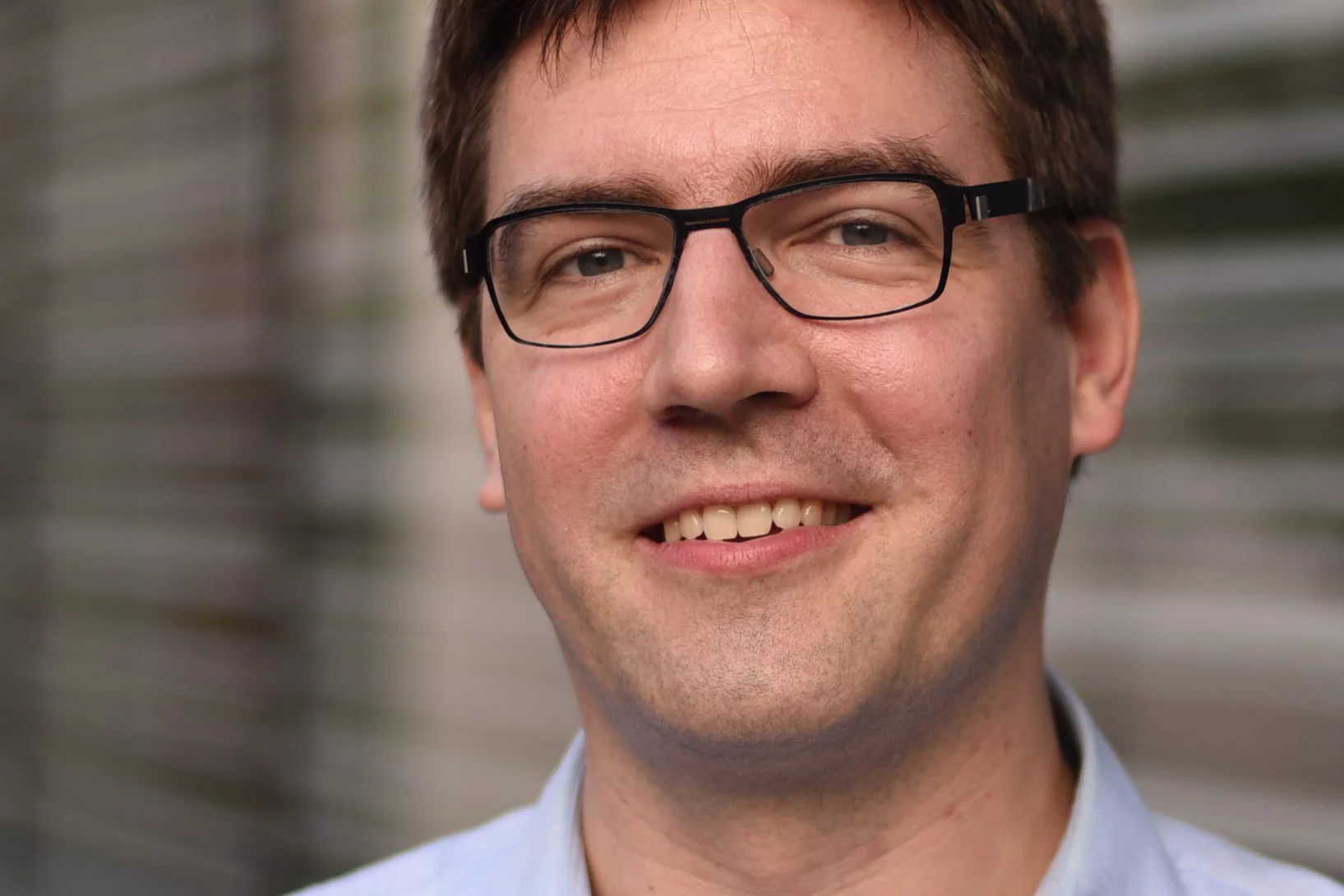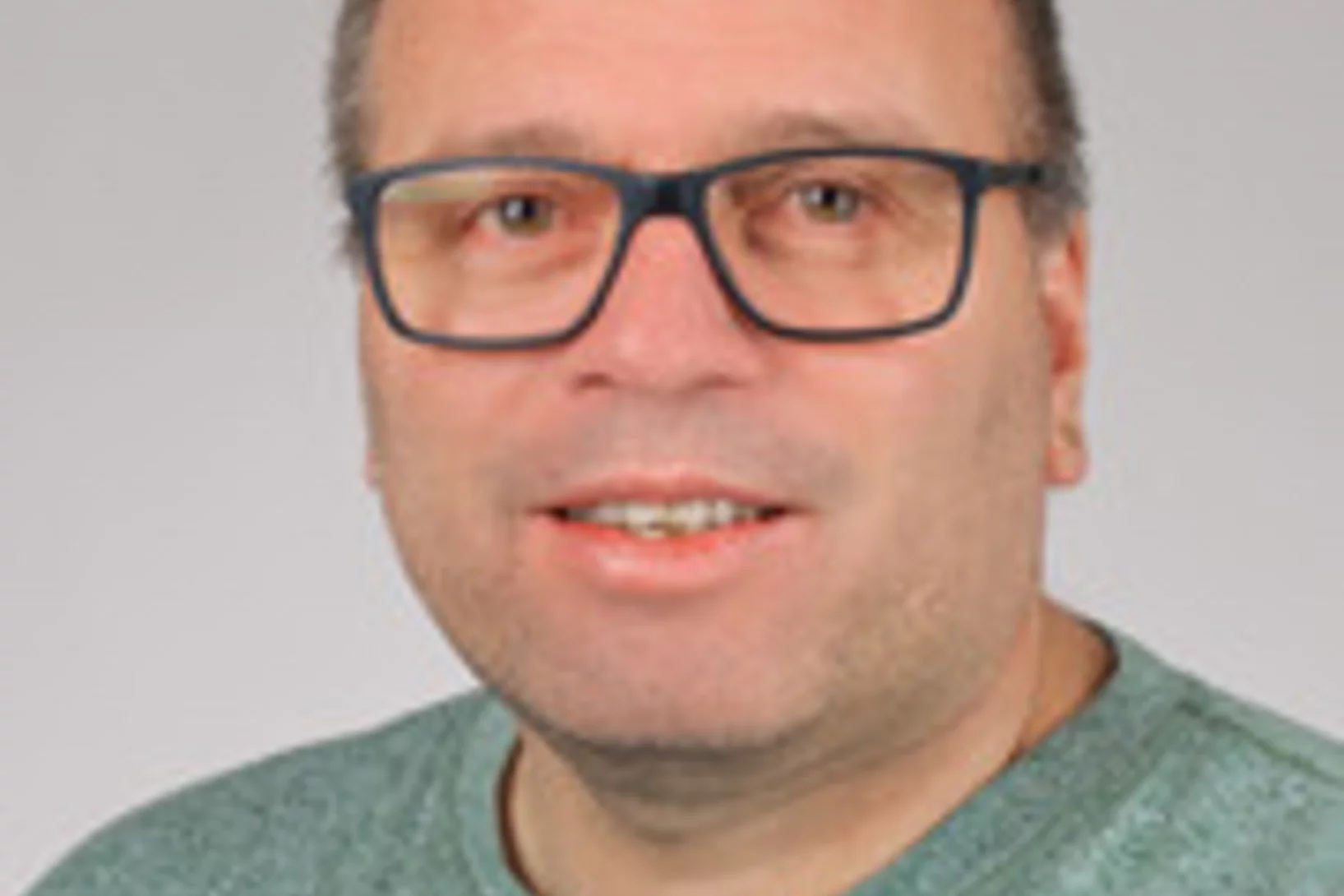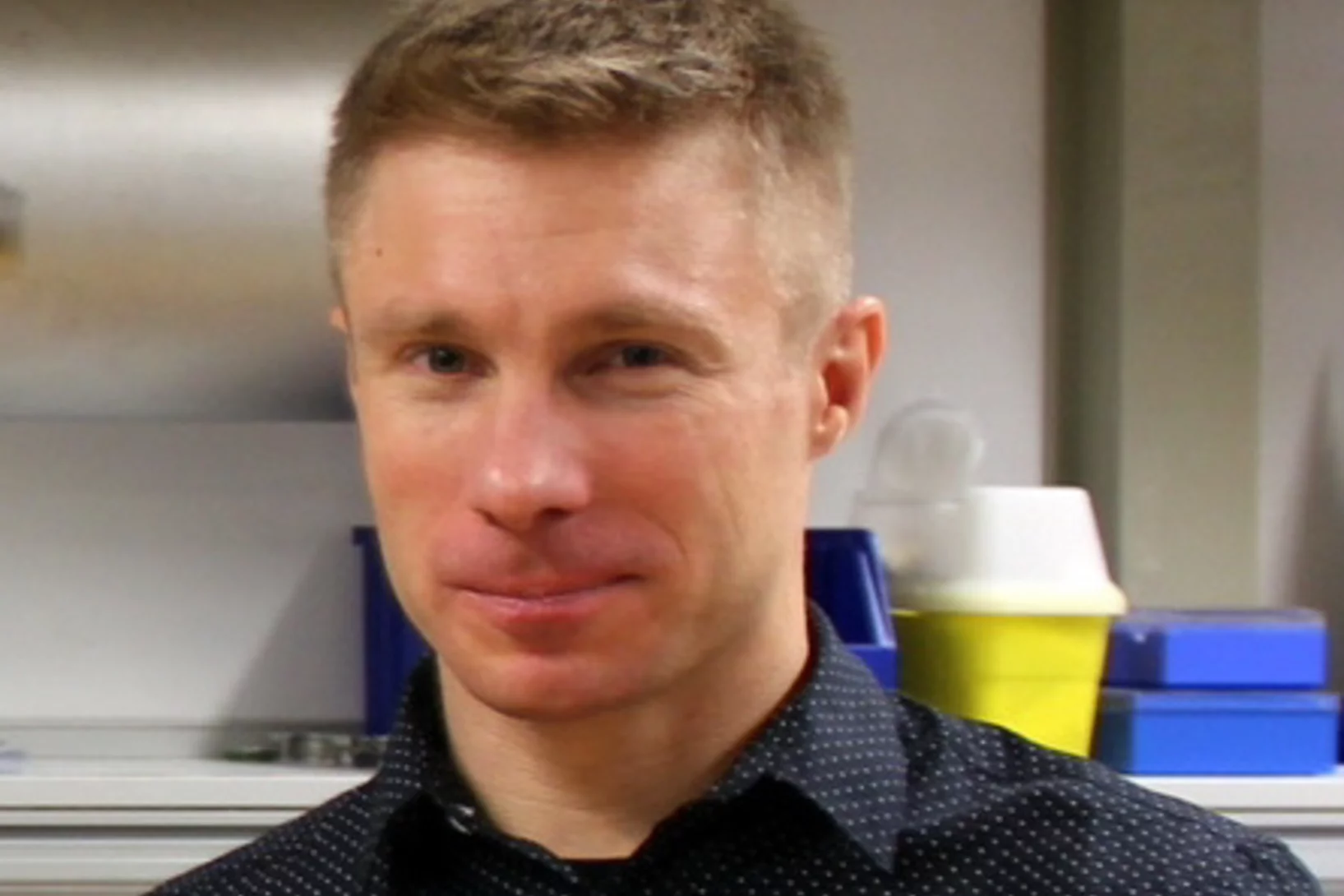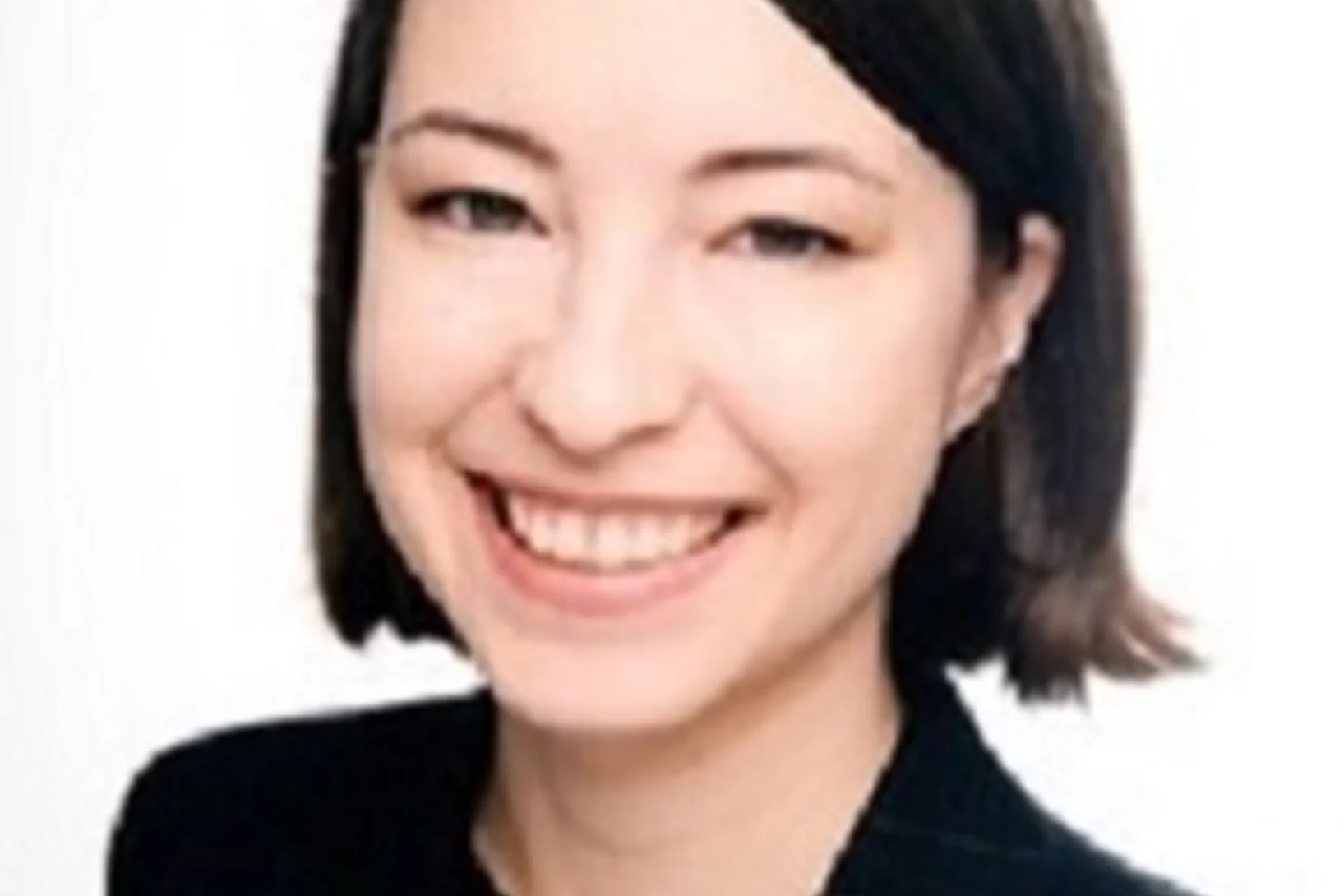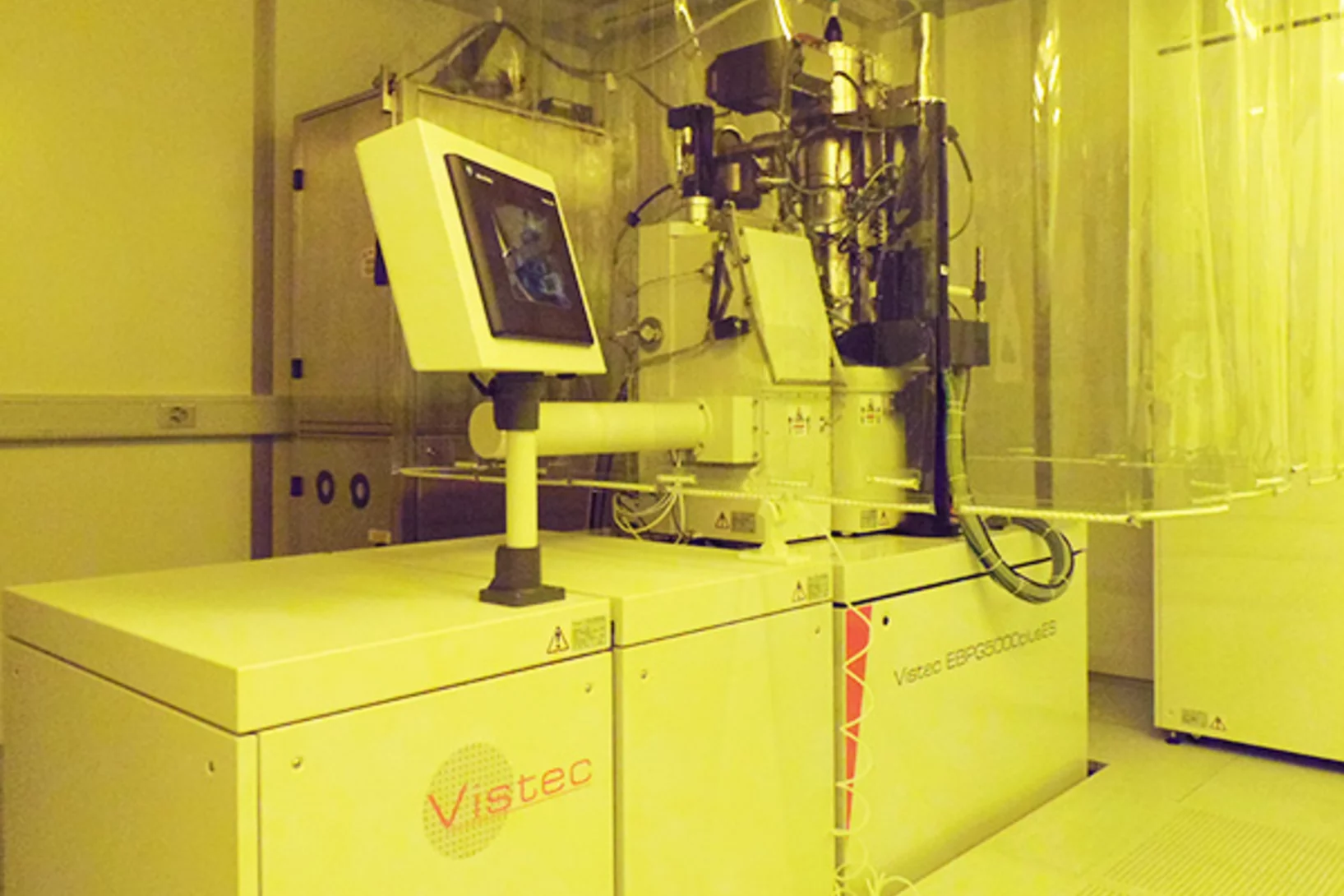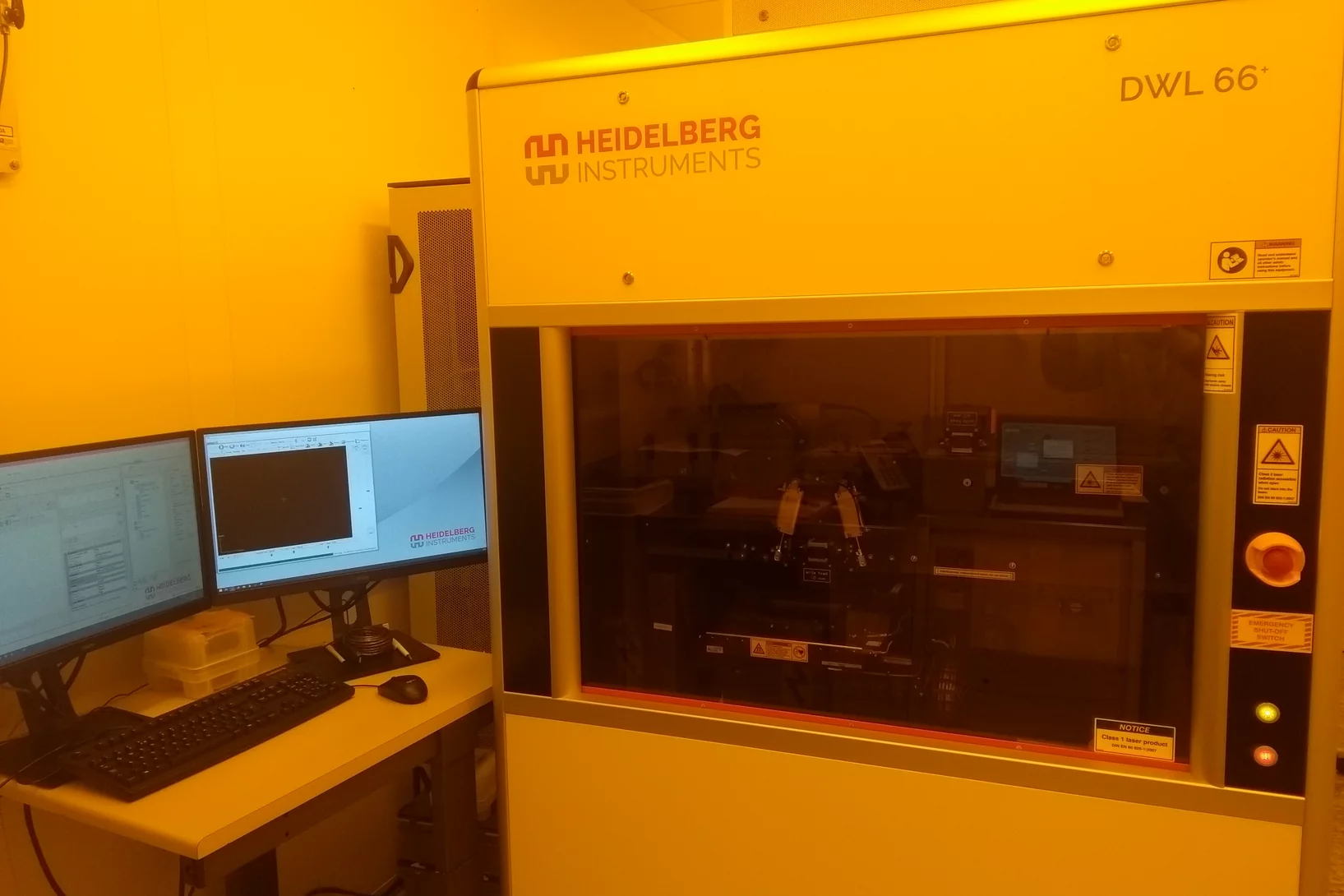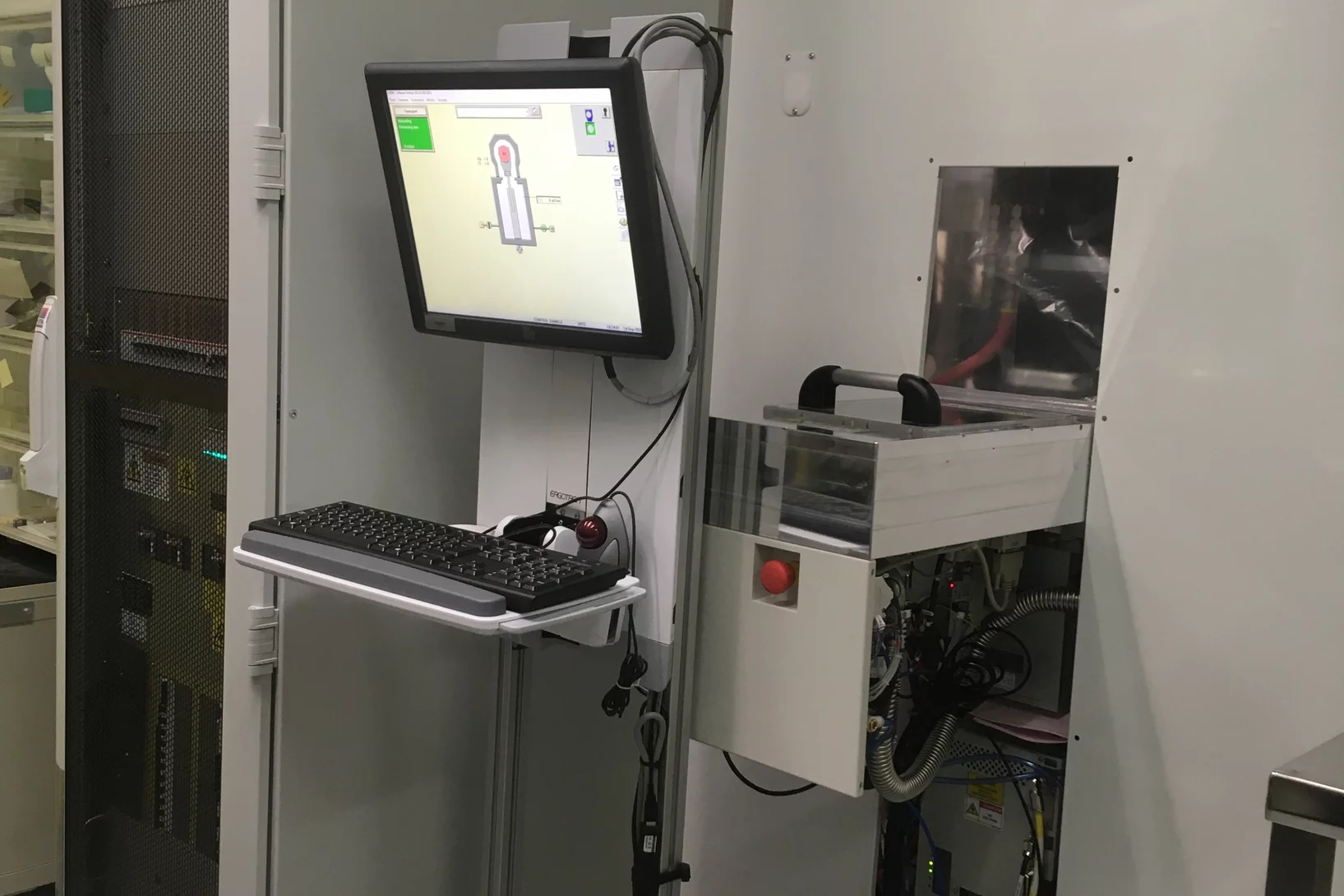Welcome to LXN Henry Bell
Herzlich Willkommen Henry Bell in LXN!
Welcome to LXN Paolo Ansuinelli
Herzlich Willkommen Paolo Ansuinelli in LXN!
"Quantum Magnet Lunch" retreat in Weggis
Our so-called "Quantum Magnet Lunch" team - consisting of the larger QPS group, as well as, Gabriel Aeppli and Markus Müller - has organised a two-day retreat to review our ongoing projects. The goal of the event was to fly above the details of our daily routine and to revisit our overall vision.
Swiss-French pulsed magnetic field retreat
The Cristallina-Q team has welcomed French high-field experts at SwissFEL for an informal 2-day retreat. The ten participants discussed which technical capabilities of the UZH-PSI pulsed magnet setup should be further developed and which science cases targeted in the upcoming commissioning and pilot experiment phase.
SwissFEL Cristallina "first light" milestone achieved
First X-rays have reached the SwissFEL Cristallina experimental station on 14.03.2021 which is one day ahead of schedule. The achievement of this important milestone marks the beginning of the commissioning phase of the Cristallina project.
The MagnoCell Team
Performing PhD research is generally focused on answering key questions in basic sciences. However, sometimes, these projects find real-world applications. To do so, out-of-the- box thinking and innovation are crucial. To put these to the test, the Swiss Nanoscience Institute (SNI) of the University of Basel organized a workshop called: “Innovation Workshop: From Lab to Start-up” for SNI PhD students. During this workshop, the PhD students had the opportunity to develop ideas for a possible future start-up and present them in a short, but powerful pitch to convince potential investors. The three SNI students from the team Magnocell, including three from the Paul Scherrer Institute took part and were awarded first prize. The winning team was consisted out of: Thomas Mortelmans of the Laboratory of Micro-and Nanotechnology, Shichao Jia of the Laboratory of Nanoscale Biology and Antonia Ruffo of the Electrochemistry Laboratory and Tamara Aderneuer of CSEM Basel. Their idea was to create a company that has the potential to revolutionize modern fuel cells and could make an impact on a billion dollar landscape.
When Shichao was asked about his opinion concerning the workshop, he said the following:
‘In general, dissemination of the advances in basic sciences to the public is never easy. It is even more so in a business context where you would probably have to sell your scientific idea to potential investors. In my opinion, this workshop was deliberately organized to train and prepare us for such a scenario. While the scientific idea itself is undoubtedly essential for a science/engineering-driven start-up, the preparation for the pitch made me realize that it is equally important, if not more, to convey to the potential investor the public interest brought by our idea, our grasp of the target market and our vision for the growth of the start-up. Last but not least, it was so much fun to work with Antonia, Tamara and Thomas “against the clock”.’
PRN 2021 Best talk award
At the end of May 2021, the Fachhochschule Nordwerstschweiz hosted the Polymer Replication on Nanoscale conference (prn-conference.com/program). The conference aims to provide an up-to-date overview on the state of the art and newest findings in R&D on polymer replication on the micro- and nanoscale. The virtual conference was attended by members from both academia as well as industry. Here, Thomas Mortelmans, PhD-student in the Laboratory of Micro-and Nanotechnology, had the honor to give an invited talk entitled: Thermoplastic 3D nanofluidic devices for biosensing. The presentation explained how different nanofabrication methods can be simultaneously used to achieve 3D nanoscale topography control in a cost-effective and up scalable manner. At the end of the conference, Thomas was awarded with the best talk award in the category of young scientists.
New group member
Cornelius Hempel officially joins LMN as group leader "Ion Traps". We wish him every success for the future!
New group members
Marie-Christine Zdora, Umut Sanli and Talgat Mamyrbayev officially join the X-ray Optics and Applications group as Post-Docs. We wish them every success!
New group member
Robert Kälin officially joins the Quantum Technologies group as technician of the Cristallina endstation.
New group member
Alexander Steppke officially joins the Quantum Technologies group as project coordinator for the collaboration of the Cristallina-Q team and the Laboratory of Quantum Matter (LQM) of Prof. Johan Chang at the University of Zurich (UZH).
New group member
Iuliia Bykova officially joins the group X-ray Optics and Applications as Post-Doc. We wish her every success.
Installation of the new Pattern generator for Raith/Vistec EBPG5000Plus e-beam writer
Supported by SNF R'Equip, a new 20bit low-noise pattern generator for our 100 keV direct write electron beam lithography system Raith/Vistec EBPG5000Plus has been successfully installed. This allows for faster exposures (up to 125MHz stepping frequency) with better placement accuracy within the writing field up to 1x1 mm². The so called Universal Pattern Generator (UPG) supports now a broad spectrum of primitiv shapes, which can dramatically improve the quality of exposed nanostructures by optimized fracturing of designs.
Installation of Heidelberg DWL66+
Heidelberg DWL66+ direct laser writer, funded by ANAXAM, is in operation now. It is a new photolithographic system closing the gap between the mask aligners on one side and the Nanoscribe two-photon 3D lithography system on the other. It is equipped with semiconductor laser with the wave length of 405 nm and is capable of exposing the minimum feature size down to 0.3 µm on wafers up to 200 mm or 9"x9" mask blanks.
Installation of SPTS Rapier Deep Reactive Ion Etcher
SPTS Rapier system for Si deep reactive ion etching (DRIE) is released for user operation. The system is acquired by PSI as a part of SNF R’Equip project “Advanced Si DRIE tool for highly uniform ultra-deep structuring (SiDRY)”. This versatile tool is equipped with pulsed bias option and sensitive ClaritasTM optical end point detection system. Electrostatic clamping and wafer edge protection systems are both available for three wafer diameters – 100 mm, 150 mm, and 200 mm.
